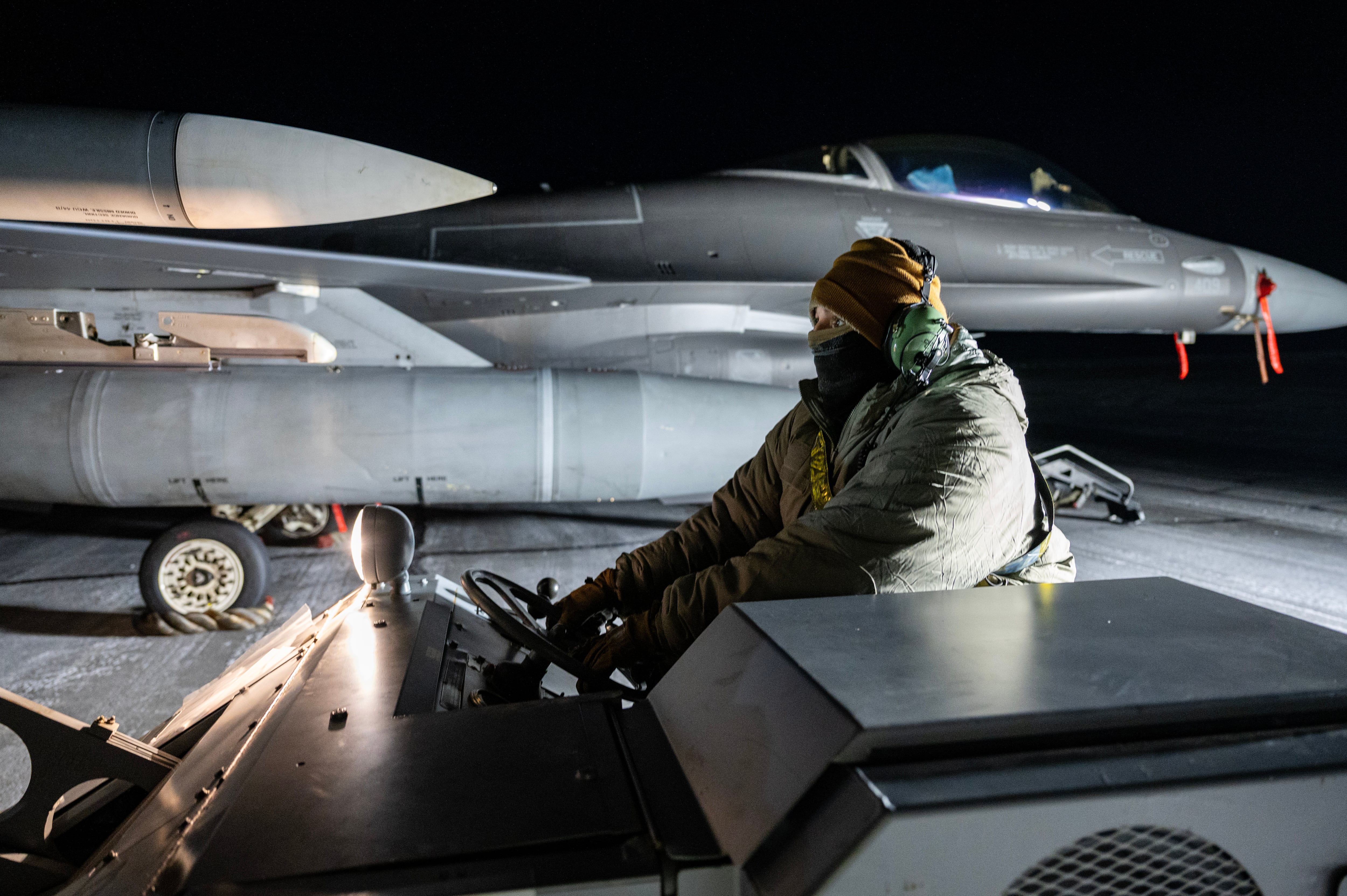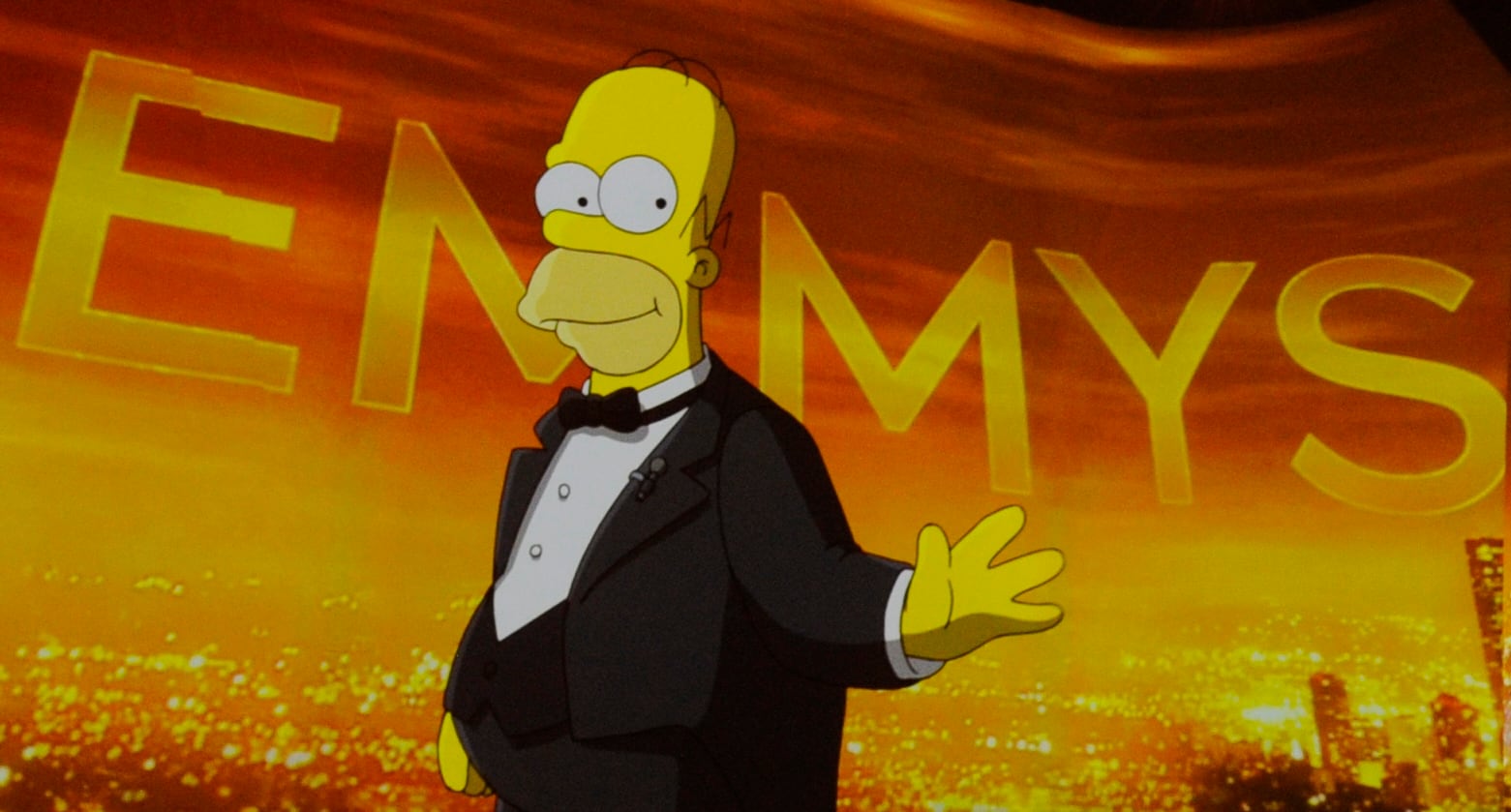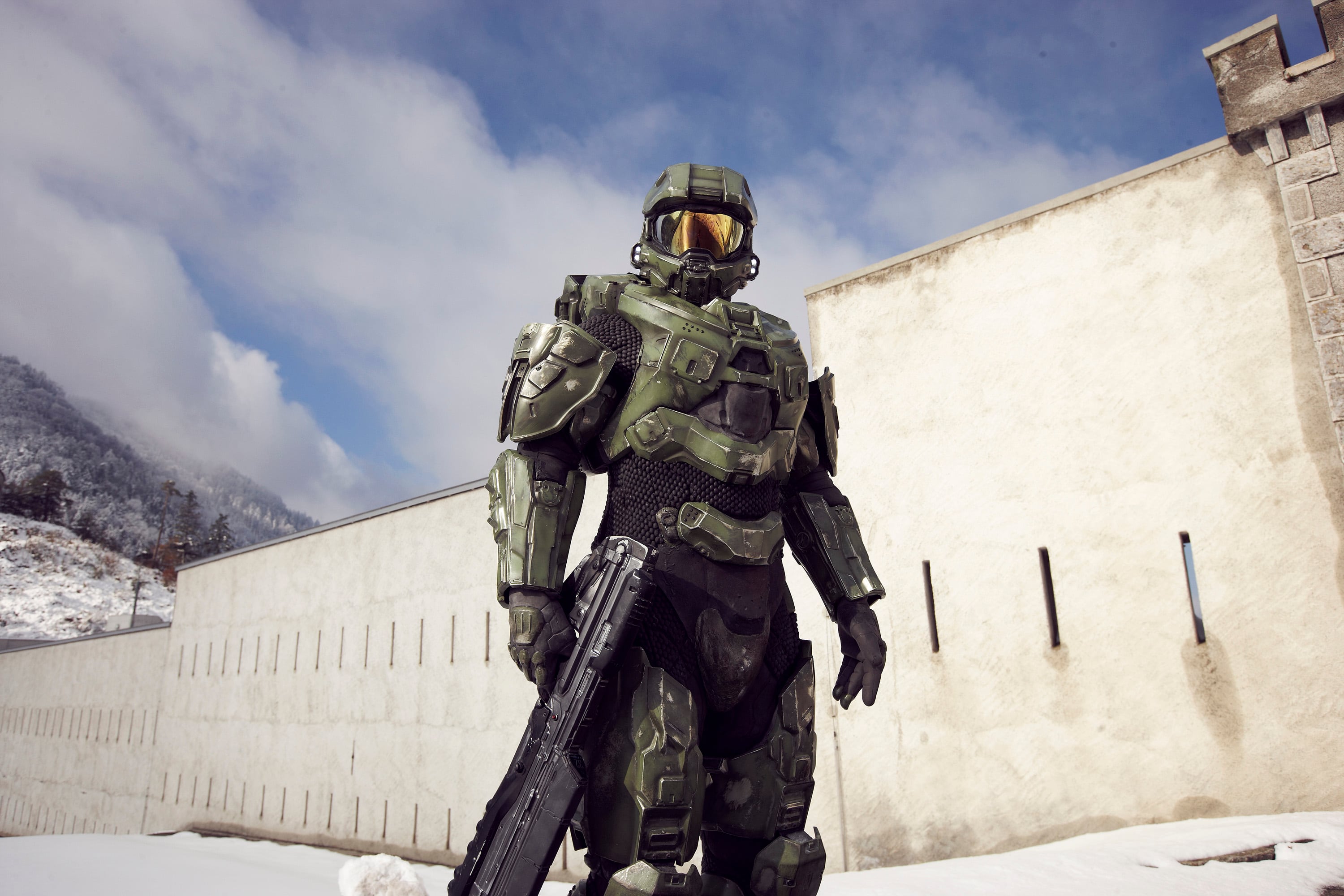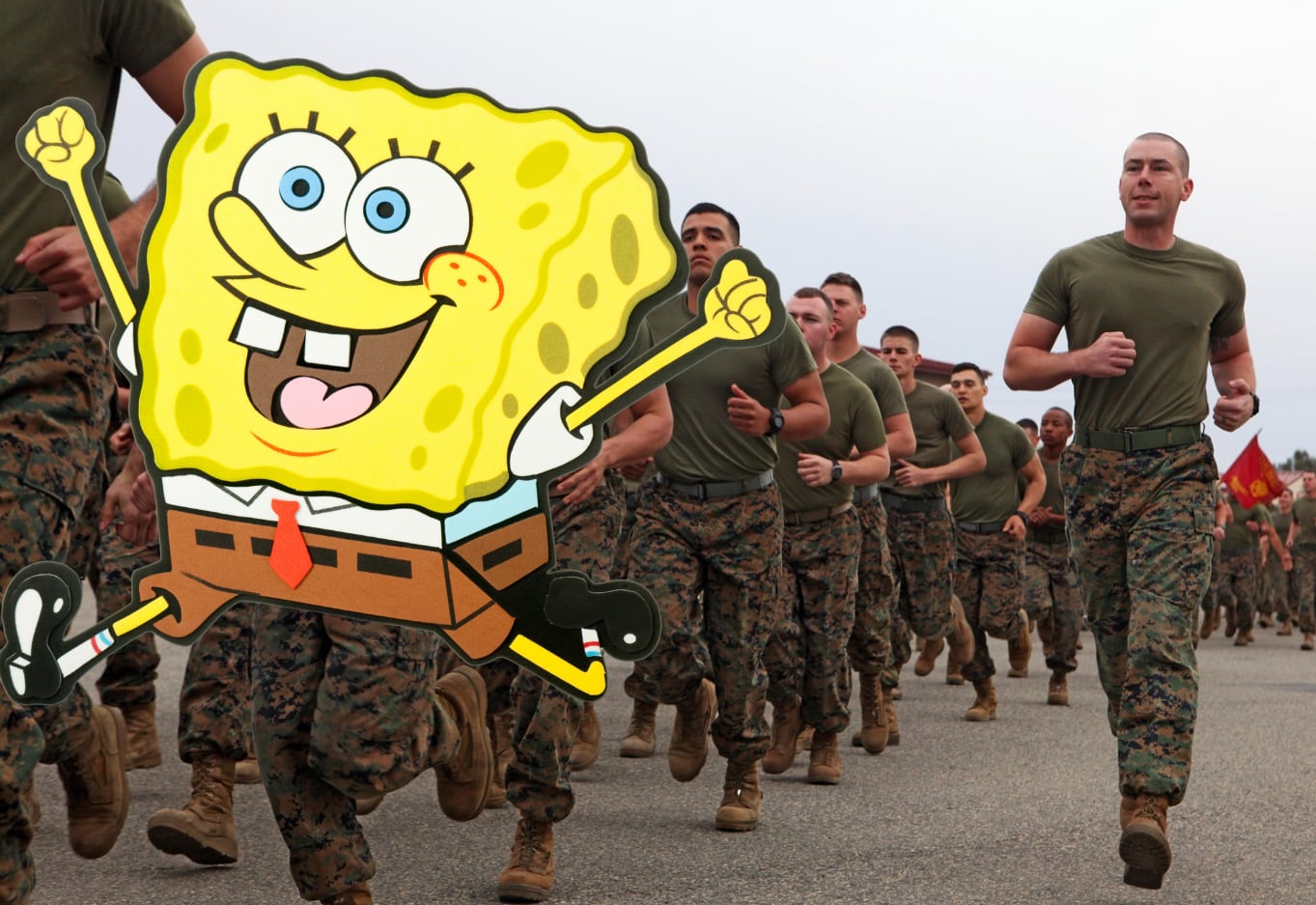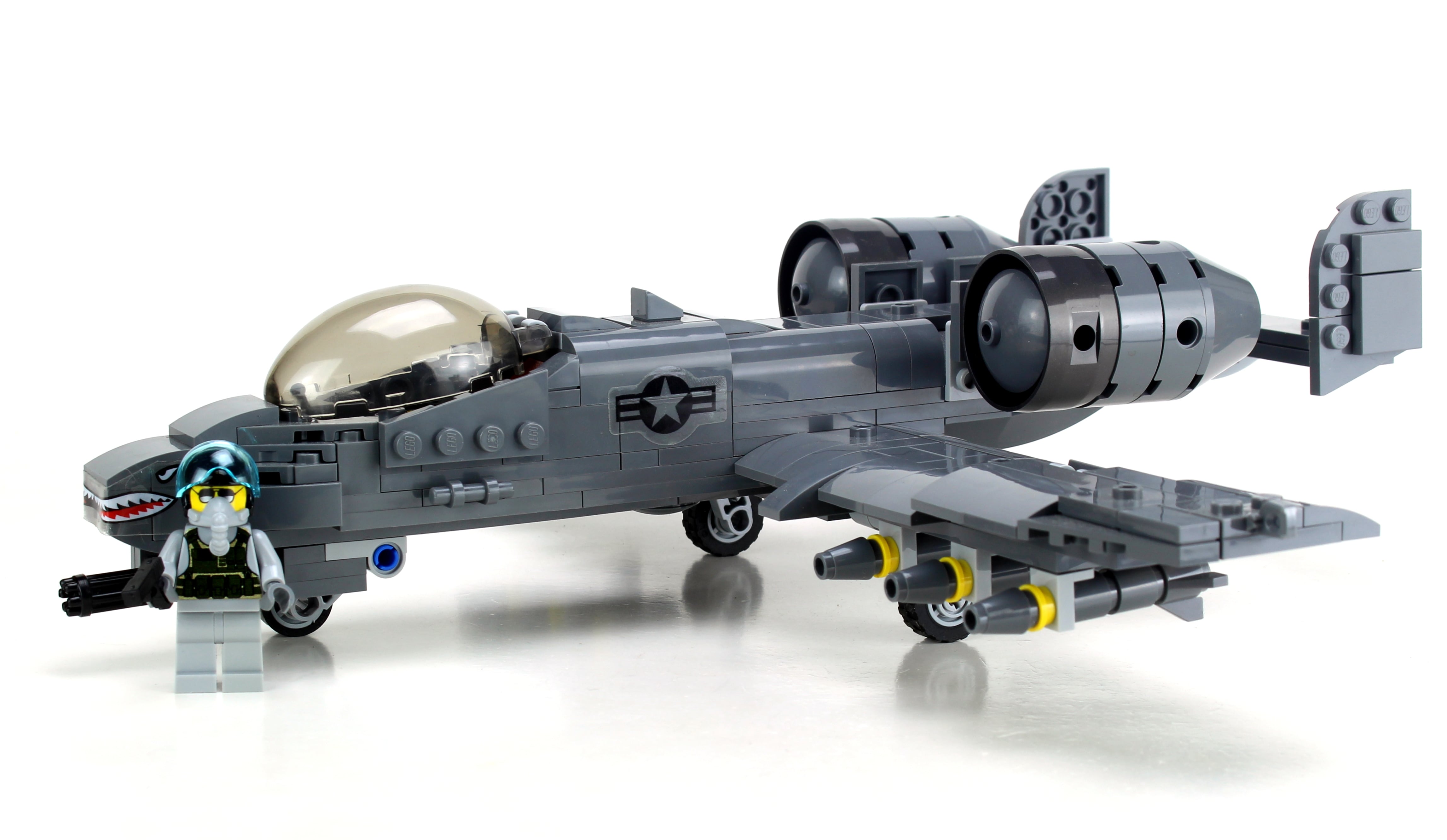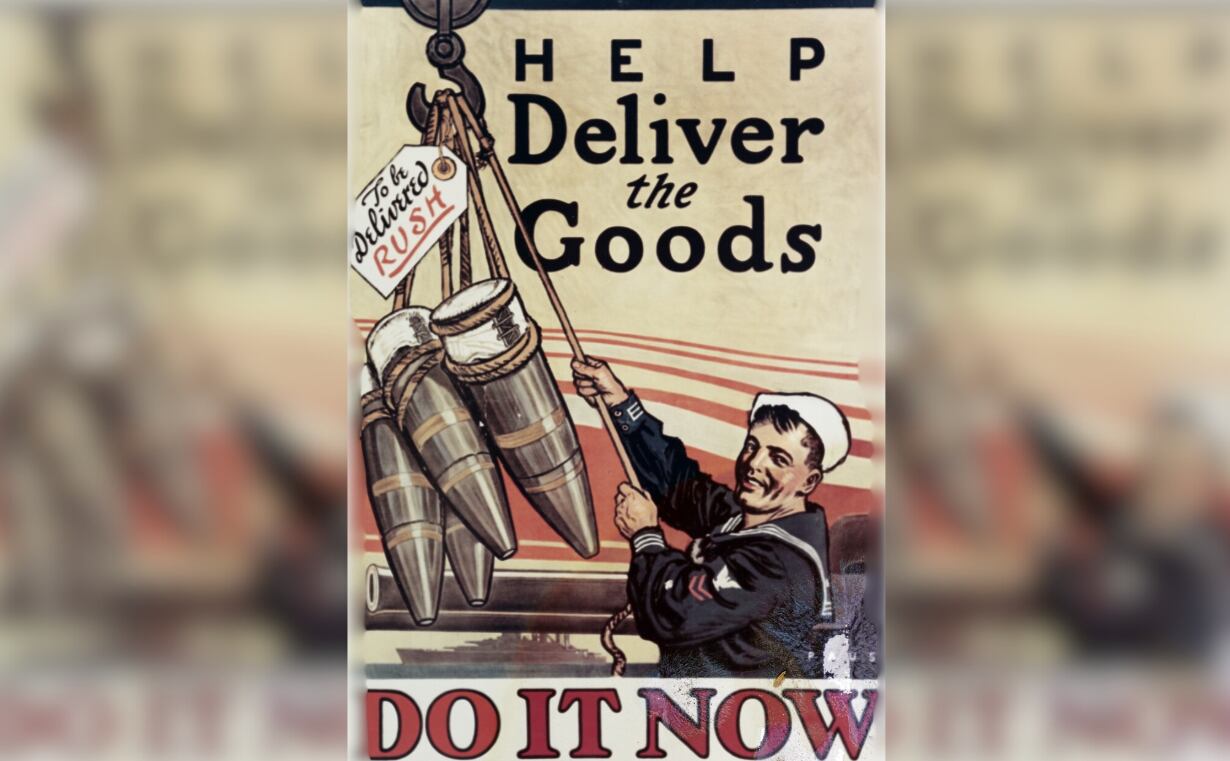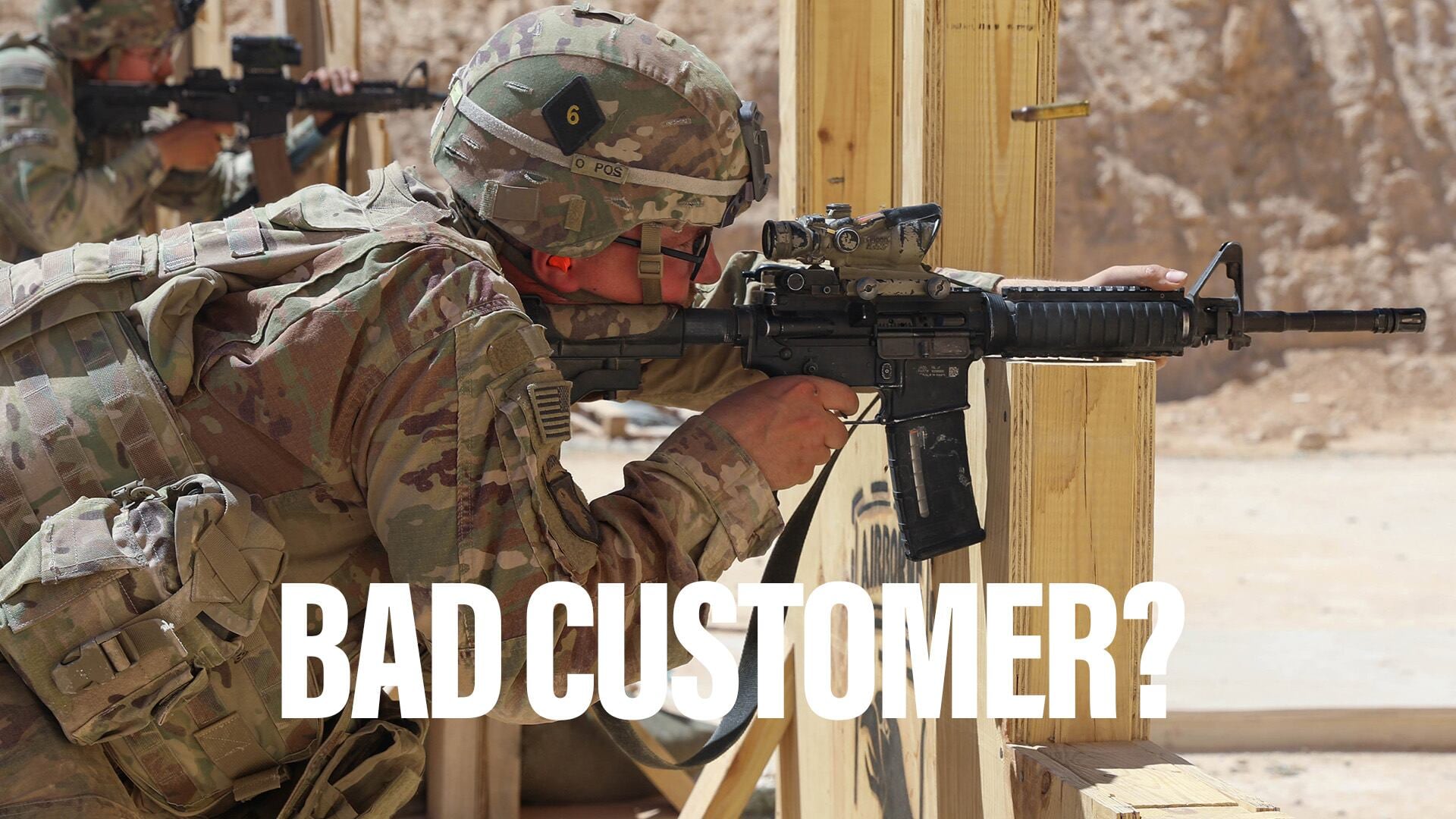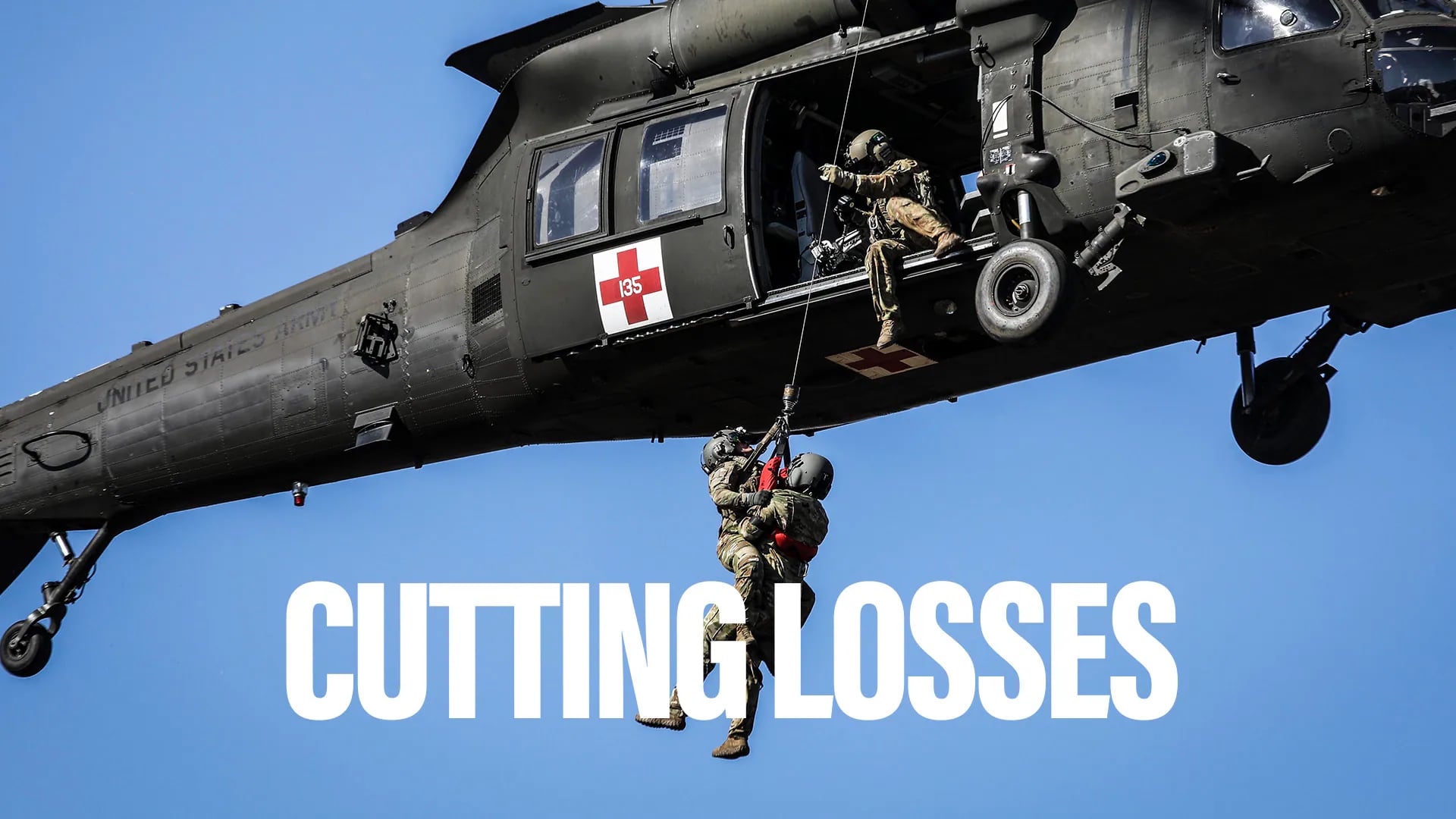Arkansas native Bob Burns enlisted in the Marine Corps during World War I and sailed to France in 1918 as part of the 11th Regiment.
The artillery detachment converted quickly to infantry for trench fighting but saw little action, allowing time for Sgt. Burns, the lead in the Marine Corps’ jazz band, to fashion a homemade instrument that would become a part of combat lore for decades to come.
Back in the States the following year, a newspaper article noted that Burns’ deft jazz playing was drawing in young men to a Marine Corps recruiting office in New York City, according to Sept 1919 edition of the New York Evening Telegram.
RELATED
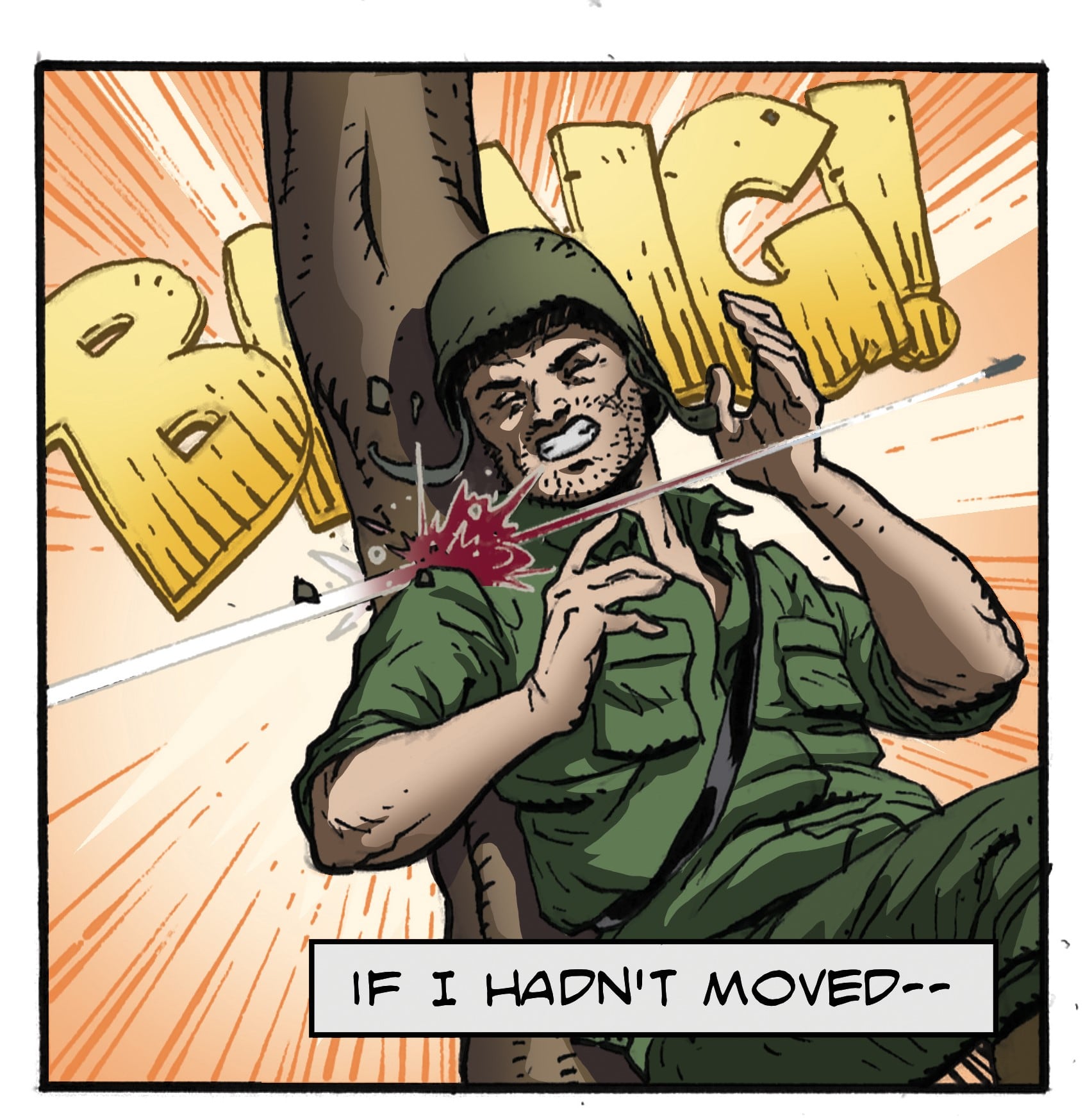
“We play everything from Berlin (Irving) to Mr. Beethoven and will tackle anything except a funeral march,” said Robbie (Bob) Burns. “The outfit consists of two violins, a banjo, piano, drum, and the bazooka.”
Bazooka. The word traces its origins back to “bazoo,” a slang term for mouth that, according to the Online Etymology Dictionary, may have come from the Dutch term for trumpet, “bazuin.”
“According to tales told by the Marines, the Melody Six are the snappiest, zippiest, jazziest aggregation of tune artists in any branch of Uncle Sam’s service,” the newspaper article noted in a section adjacent to Burns’ own instructions to building that very item: “Two pieces of gas pipe, one tin funnel, a little axle grease and a lot of perseverance.”
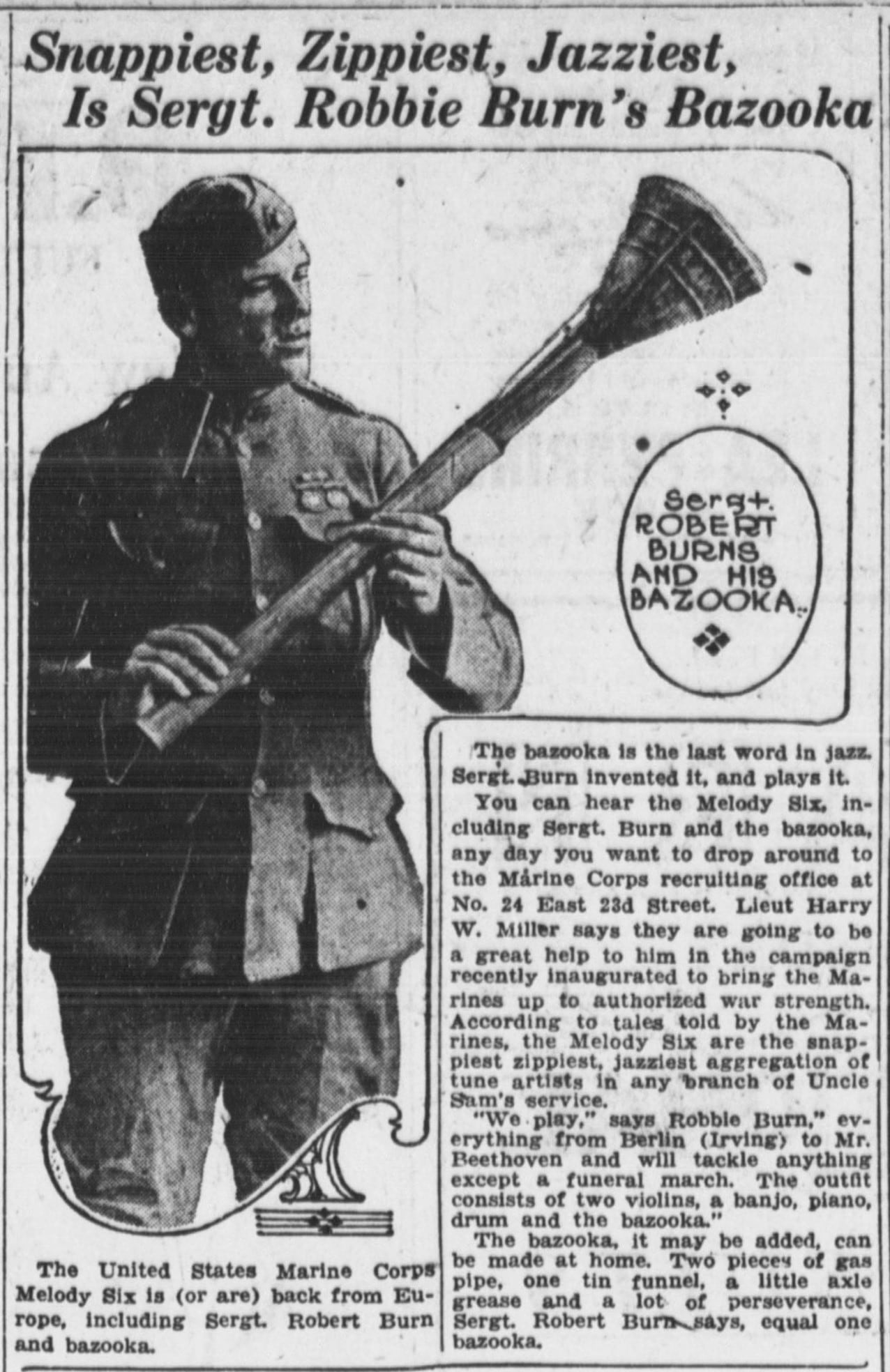
Around that same time, a little-known project was getting underway to help infantry soldiers and Marines battle the devastating effects of the recently fielded tank.
Dr. Robert Goddard, a scientist developing weapons for the Army, who invented the first liquid-fueled rocket, had set his sights on building a tube-fired weapon capable of being carried by a single soldier. But as the war came to its conclusion, the project was shelved.
Decades later, with the U.S. blazing its trail against German forces in North Africa, military planners were again trying to find a way for foot soldiers to take on the tank, a weapon that had vastly improved in the decades since. Rifle grenade launchers, after all, did little to disable German tracks.
Revisiting Goddard’s plans fell to Army Col. Leslie Skinner, who had sketched out designs for such a weapon in 1940. It wasn’t long before the M10 shaped charge came into the arsenal, stirring the ashes of the abandoned project.
“I was walking by this scrap pile, and there was a tube that ... happened to be the same size as the grenade that we were turning into a rocket,” read a Time magazine quote from Lt. Edward Uhl, who Skinner tasked to introduce a little innovation to the project. “I said ‘That’s the answer!’ Put the tube on a soldier’s shoulder with the rocket inside, and away it goes.”
By May 1942, testing at the Army’s Aberdeen Proving Grounds had commenced. The warhead was matched with the tube, while testers employed a wire coat hanger as improvised sights prior to unleashing it on a moving tank.
One observer of the new weapon noted that the new launcher “looks like Bob Burns’ bazooka.”
Thus, a funky name was married to an even funkier weapon. The M1 “Bazooka” was produced and fielded during the North Africa campaign’s Operation Torch in October 1942. Soldiers loved it. (I still do.)
After seeing it in action and capturing a few, the Nazis quickly reverse-engineered it to produce the “Panzerschreck,” or “tank scare,” meaner-sounding than the bazooka, but then again most German words are.

By the end of World War II, the Japanese military also had produced their own version.
Additional models made by the U.S. military would march on through at least seven more variations, from the original, a 60 mm warhead that could penetrate 3 inches of armor, to the Super Bazooka, a Korean War weapon that launched an 88.9 mm warhead and could tear through 11 inches of armor.
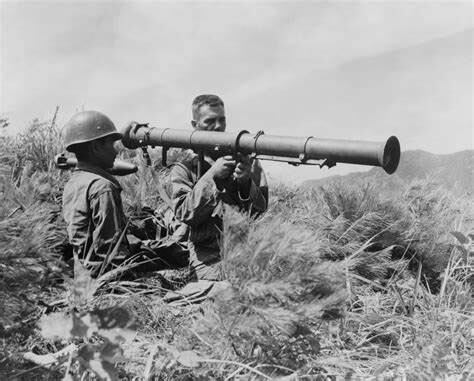
The Super Bazooka even saw service in Vietnam before being replaced by improved shoulder-fired rockets.
With time, the “bazooka” name fizzled from the vernacular of shoulder-fired weaponry, officially ending with the “Three Shot Bazooka,” a tripod-mounted variant with an overhead magazine that fired, you guessed it, three rounds.
Still, today’s Marine and Army-issued Carl Gustaf 84 mm recoilless rifles traces roots back to the scrap pile and rural ingenuity of an Arkansas-born Marine.
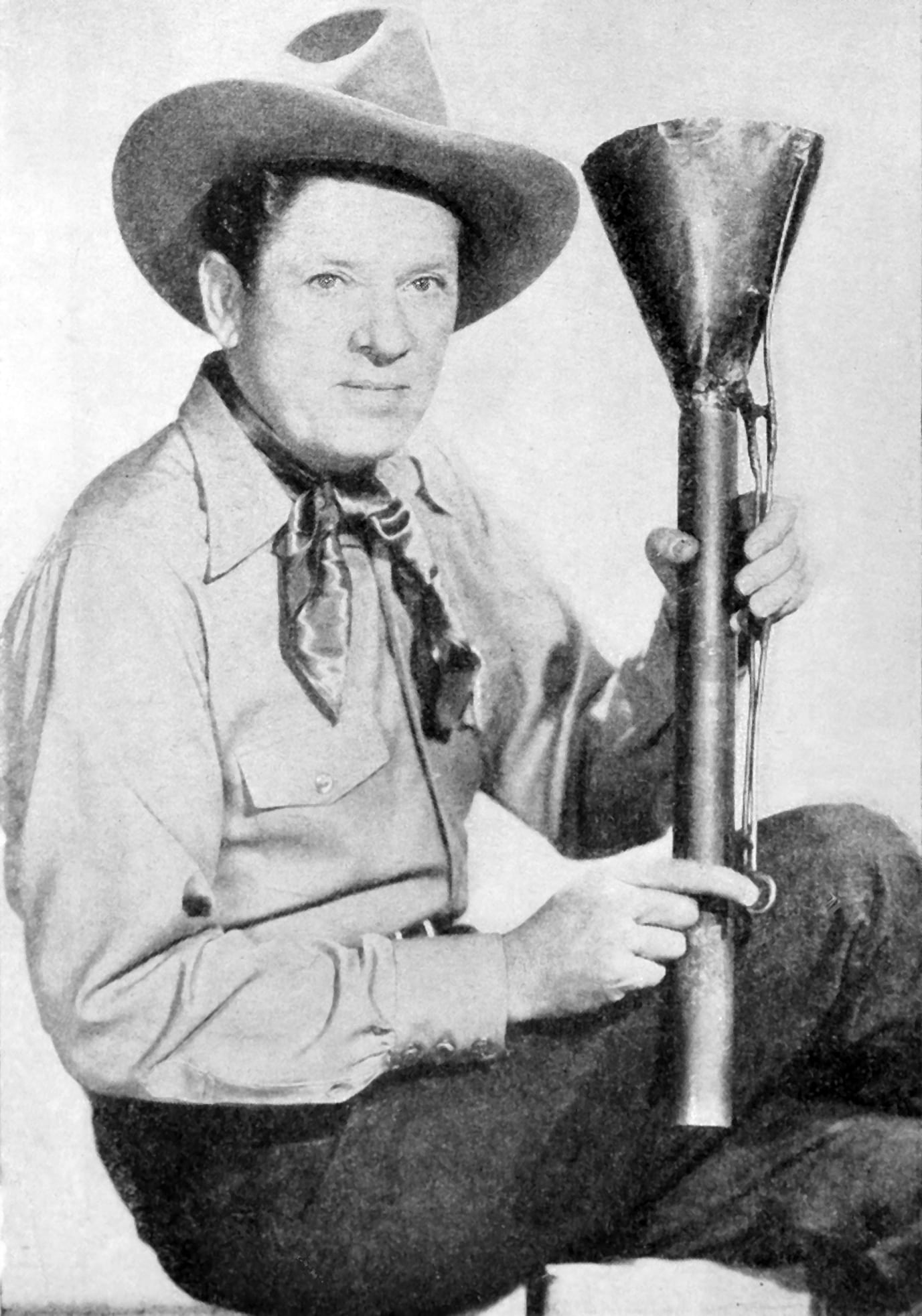
As for Bob Burns, he segued his jazz skills into a career as a musician, comedian and film actor in early Hollywood.
Burns made appearances in more than two dozen films and for a time manned his own radio program, “The Bob Burns Show.”
Burns died in 1956 at the age of 65. Needless to say, his life was a blast.
Todd South has written about crime, courts, government and the military for multiple publications since 2004 and was named a 2014 Pulitzer finalist for a co-written project on witness intimidation. Todd is a Marine veteran of the Iraq War.
Tags:
weapon historymarine corps bazookaarmy bazookabob burns bazookabazooka instrumentbazooka origin storywhere does the name bazooka come frombazooka name originIn Other News



